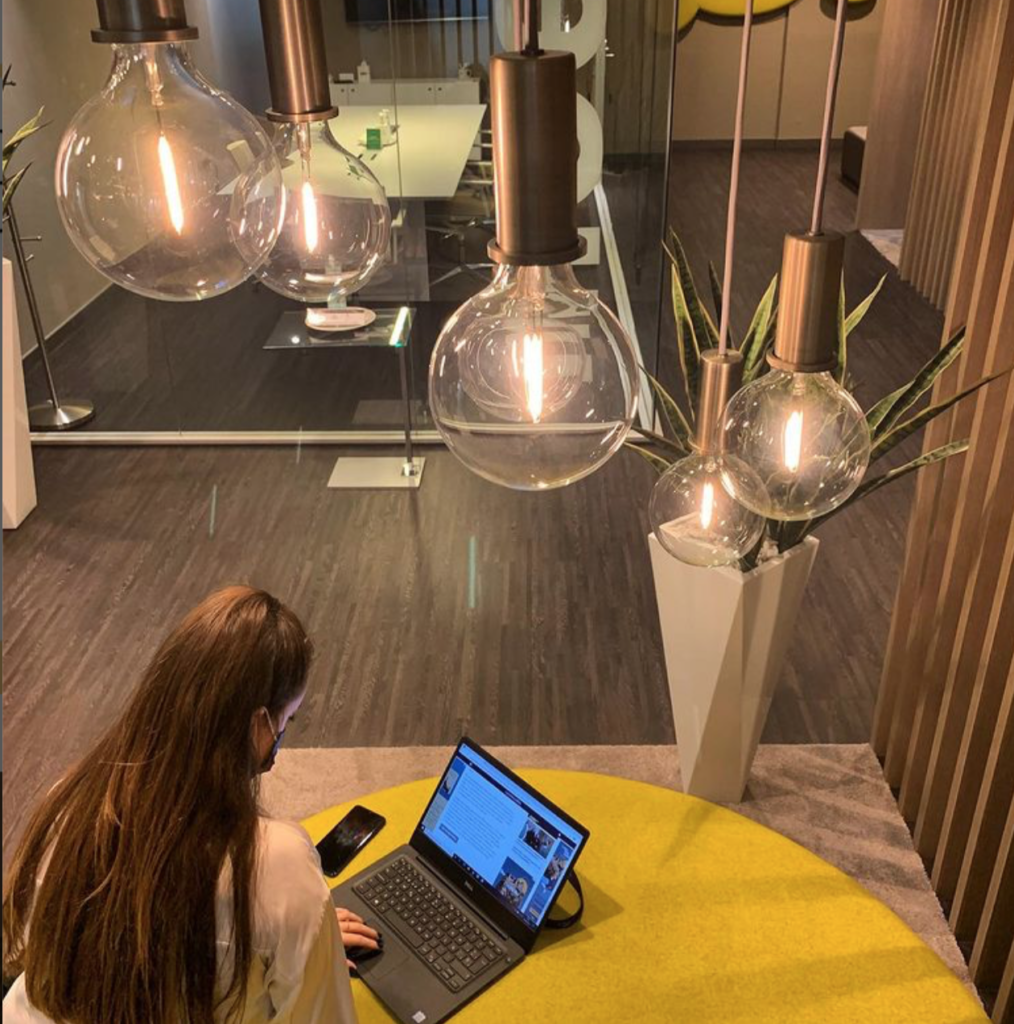
How to coordinate work teams effectively in a hybrid workspace
Coordinating face-to-face and hybrid work in the current labor context can seem challenging. But there also lies a great opportunity to improve the company results starting with a value proposition for employees.
Leaving behind the evolution of the pandemic, the labor market had to transition to a new context where no one knew exactly what to expect. The solution has been based on the adaptation of workspaces as a key to solving this particular context.
This new reality required facing the changes with the best attitude and innovative strategies. The result is a formula that has worked in the market, and created new interesting work models that have expanded worldwide.
The best example is the hybrid work model, a combination in which some employees return to their offices and some others work from home. Under this working method, many have been able to seize the opportunities, carrying out remotely day-to-day activities that were previously carried out in person.
In any case, many companies and workers have continued to choose the more traditional way, with entirely manual options and with a physical presence in the workspace. How do you get both models to work together and productively?
The hybrid model is required
Hybrid work involves the execution of certain activities at a distance. However, working from home does not allow you to separate some quiet moments from working hours.
This implies a tense situation that can get worse and worse and affect on a psychological level. On the other hand, prolonged isolation is not healthy, and can have negative effects on the achievement of innovation-focused goals.
Challenges of collaborating in the workspace
In the work area, interaction between colleagues is required, even if it’s only once a month. Therefore, working in the same workspace is functional and effective for the cohesion of the team. For example, a great advantage is having adequate and fully equipped work areas, as they allow work interaction between professionals in a perfect context of cooperation.
Benefits of work flexibility
Work flexibility gives a series of benefits which are mostly aimed at autonomy and freedom of schedules.
Allowing workers to manage their own time in the way they see fit and getting out of the routine can lead to a healthy life, which must be part of the new hybrid work dynamic.
In addition, talent stays home, which means that a flexible company acquires appeal for professionals that are looking for a better quality of life.
Finally, being able to have a flexible workspace will make employees feel more committed to the company, since they are being shown trust and respect, which will help, in the long term, to avoid talent drain.
